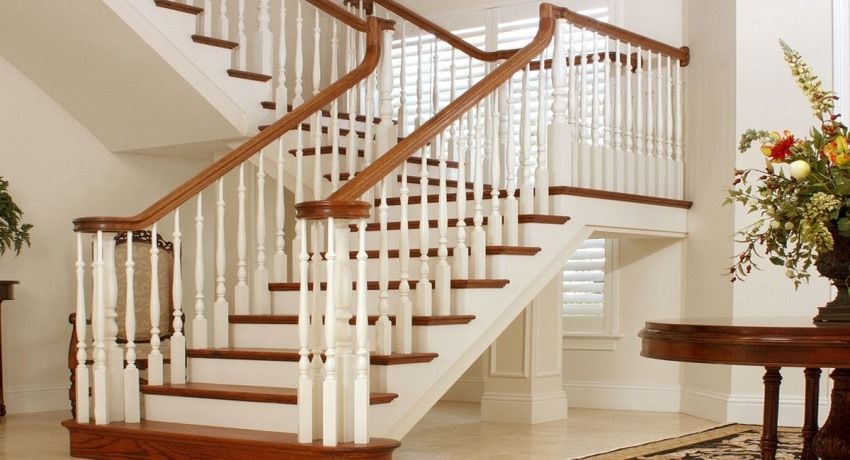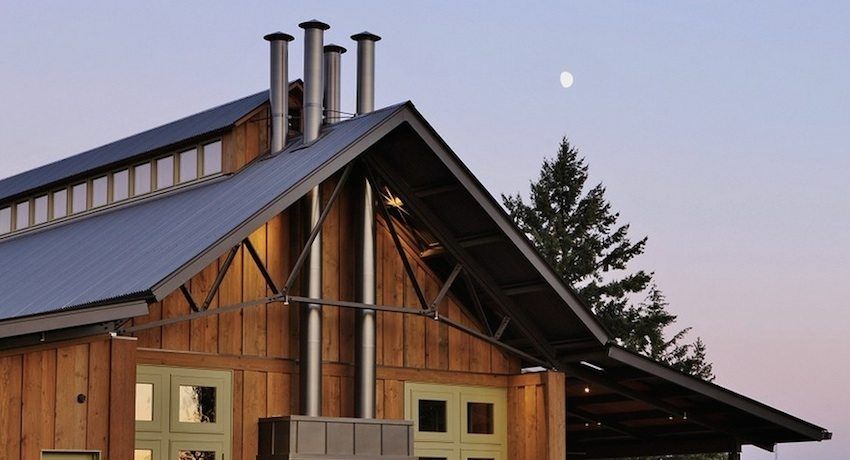The clinker brick for the facade is one of the most durable and reliable materials. Due to its unique physicochemical properties, it is far superior to traditional ceramic bricks. High technical, mechanical, operational and aesthetic indicators make this material an ideal solution for creating a presentable and durable building facade. All the characteristic features of clinker brick are described in detail in this article.
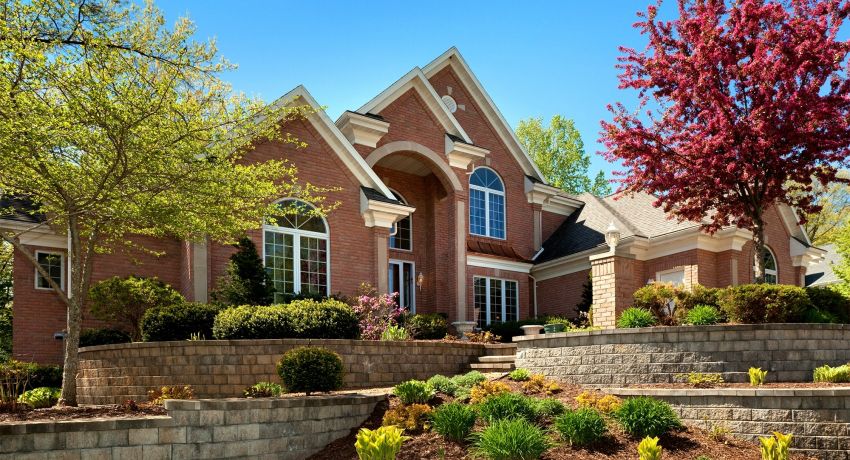
Clinker brick: the history of creation
Clinker brick is a kind of ceramic brick, characterized by a high density of the structure, which is obtained as a result of a special manufacturing technology. The material received its name due to the unique property of making a ringing sound when tapping it with any metal object. The word “klink” literally translates as pure jingle.

Special clays with unique properties are used for the production of clinker bricks. The material is burned at a temperature of 1000-1400 ° C until the clay is completely sintered, which turns it into a glassy mass.
For the first time clinker bricks began to be produced in 1743 in Holland. This was caused by a shortage of other materials, which occurred as a result of the construction boom in Europe at the turn of the XVIII-XIX centuries. The first burnt brick was used for paving roads. In terms of technical and operational parameters, it was similar to cobblestone, which was widely used for road paving, but clinker was simpler to lay and had lower cost. Therefore, clinker brick paving of streets and roads of large cities has become increasingly popular.
The first half of the XIX century is characterized by the rapid development of industry and the growth of large European cities. The old quarries could not provide the proper amount of building material needed for the construction of new buildings and paving of roads. This was a prerequisite for finding a material that would be similar to a natural stone in technical properties, and its production would be possible in any quantity.
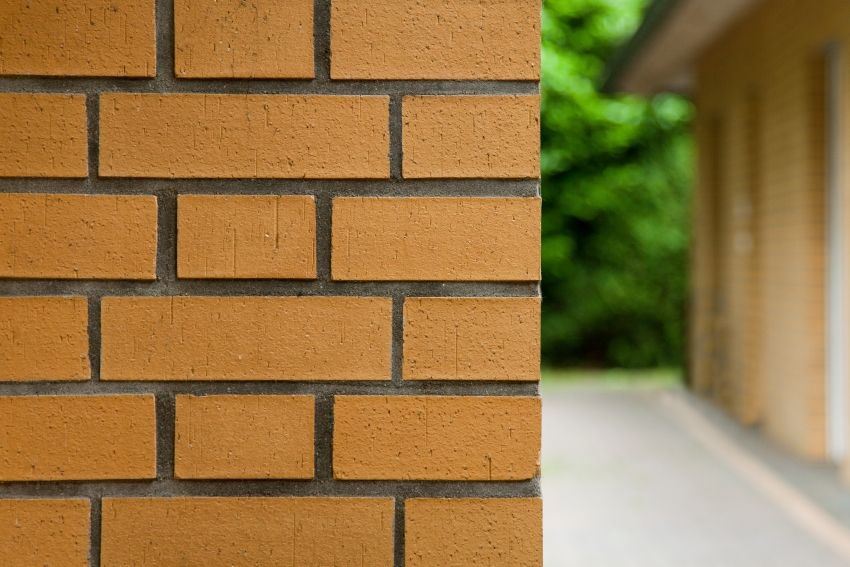
This period gave impetus for a more detailed study of the question of what is brick clinker. Gradually, enterprises producing this material began to emerge, which eventually turned into large world-renowned corporations and successfully occupying leading positions today.
On the basis of GOST, it can be said that clinker brick is a high-strength product that has low water absorption, which gives it high performance properties and makes the material resistant to aggressive media. Due to its excellent decorative qualities, it can be used for exterior decoration of a building.
Clinker is a brick of regular shape in the form of a parallelepiped with certain dimensions. The outer surface of the product has a rough structure. The color palette of the material, which is due to the introduction of special additives, has more than a hundred shades from light yellow to dark brown.

At the choice of material it is necessary to know, the brick of brick differs from ceramic. For the manufacture of clinker used a special type of clay, called skinny. Mineral components of igneous rocks are used as a charge. The mass is burned at temperatures above 1000 ° C. before the formation of the required amount of glass phase. While baking ordinary brick is carried out at temperatures up to 1000 ° C.
Due to the unique manufacturing technology, the level of material strength and its resistance to abrasion exceed the performance of high-quality concrete. The conditions and firing mode allow you to create a product with a low hygroscopicity, which provides low moisture absorption, which is only 8%. In contrast, the brick absorbs up to 15-25% of water.
Important! Products with a glazed surface are completely moisture resistant, which significantly increases their frost resistance.
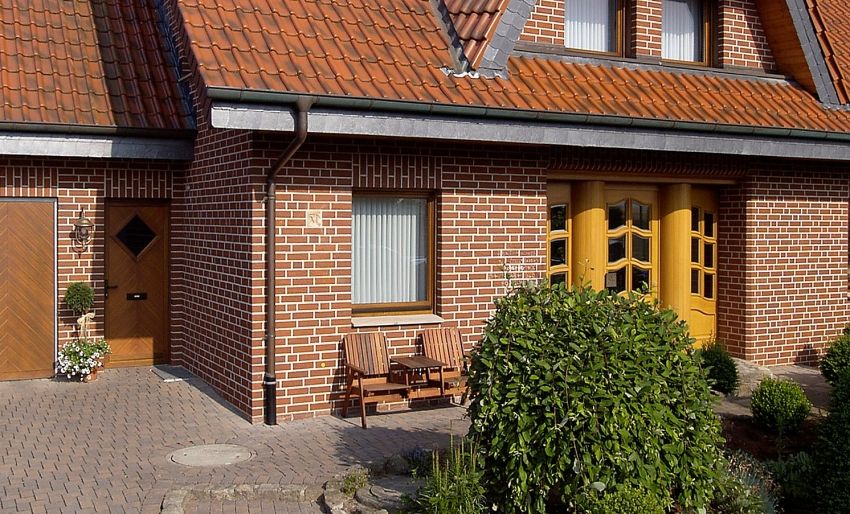
For the production of clinker, special refractory refractory clay materials are used. Their composition should contain a significant amount of alumina (17-23%), which reduces the viscosity of the clay mass. This contributes to low deformation of the product when it is fired. If the production uses clay with a lower content of aluminum oxide, it is pre-enriched with kaolin clay.
The presence of a certain amount of iron oxide, which should not be more than 8%, gives the finished product a peculiar shade. However, the amount of this component should not exceed the norm. Otherwise, it will form a dense layer on the surface of the brick, which prevents carbon dioxide from leaving the product, which will cause blistering and irregularities.
The amount of calcium should be in the range of 7-8%. The excess of the component will lead to a decrease in the sintering time of the product, which may cause deformation of the clinker. Also increases the likelihood of the formation of a significant number of pores, which reduces the moisture resistance of the product, and reduces the service life of the material.
The content of magnesium oxide in the clay should not be more than 3-4%, which may entail the shrinkage of the clay and the deformation of the finished product.
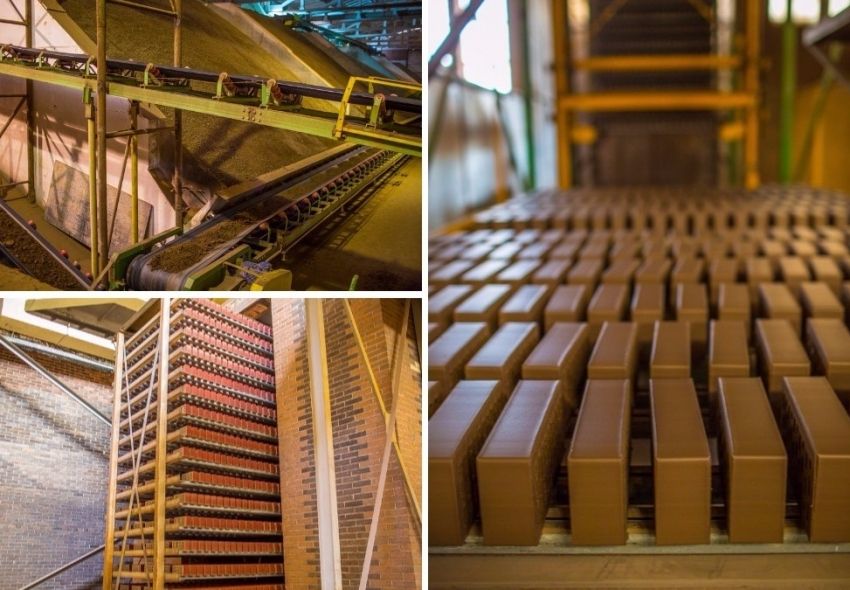
The clinker brick can be made by an extrusive method or a semi-dry pressing. In the first case, the raw mass is mixed to a uniform consistency and is fed into a container extruder, where it is squeezed onto a tape in the form of a rectangular strip with well-formed geometric dimensions under pressure through a molding opening.
Then, the volume strip, moving along the tape, is cut into individual products. Raw bricks are supplied for pre-drying, after which the moisture content of the products should not exceed 3%. The dried material is sent for firing.
The main advantage of this method is to obtain high-quality bricks with clear geometric dimensions. However, the technology requires high energy costs, which increases the cost of the product.

The second method allows to reduce energy costs, at the same time degrade the quality of the finished product. The essence of the semi-dry pressing process is as follows. The clay mass is cleaned, dried, crushed to a powdery state and moistened. The mixture is then poured into molds where it is pressed. The finished products enter the chambers for final drying for 24-48 hours at a temperature of 80-85 degrees. Then the dried bricks are fed for firing.
The firing of the formed bricks is carried out in tunnel kilns of continuous firing, with a length of more than 200 m, where dried products are piled and stacked on pallets. Conveyor with pallets moves slowly inside the chamber. Clinker products pass through several zones with different, clearly established temperatures, the maximum of which reaches 1,400 degrees.
Thanks to this technology, the clay is completely sintered. The result is a durable clinker monolithic block with a certain decorative appearance.
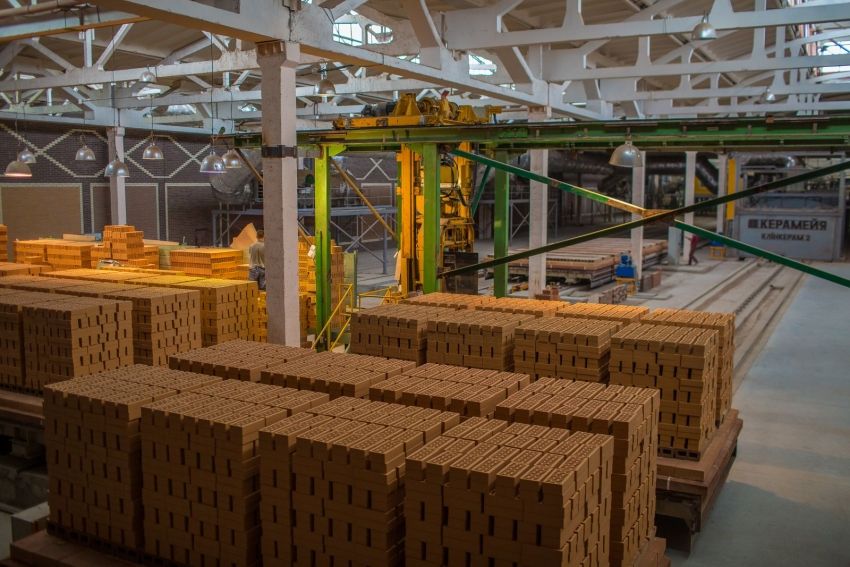
The clinker brick can be made in the following sizes:
- single 1NF size 250x120x65 mm;
- a half-and-a-half 1,4NF with a size of 250x120x88 mm;
- double 2.1NF with the size of 250x120x140 mm;
- European standard 0,7NF size 250x85x65 mm;
- modular 1,3NF size 288x138x65 mm.
For convenient installation, a clinker brick is produced, the dimensions of which are called fractions: 3/4; 1/3; 1/2; 1/4. The accuracy of the sizes of Russian bricks is regulated by the State Standard, which allows deviations of no more than 2 mm in thickness, 3 mm in width and 4 mm in length.
Facing clinker bricks can be solid in the absence of voids, and hollow, having through-holes of various sizes and shapes. Their number and size affects the weight of the product, which is 35-40% smaller than that of a full-bodied product.
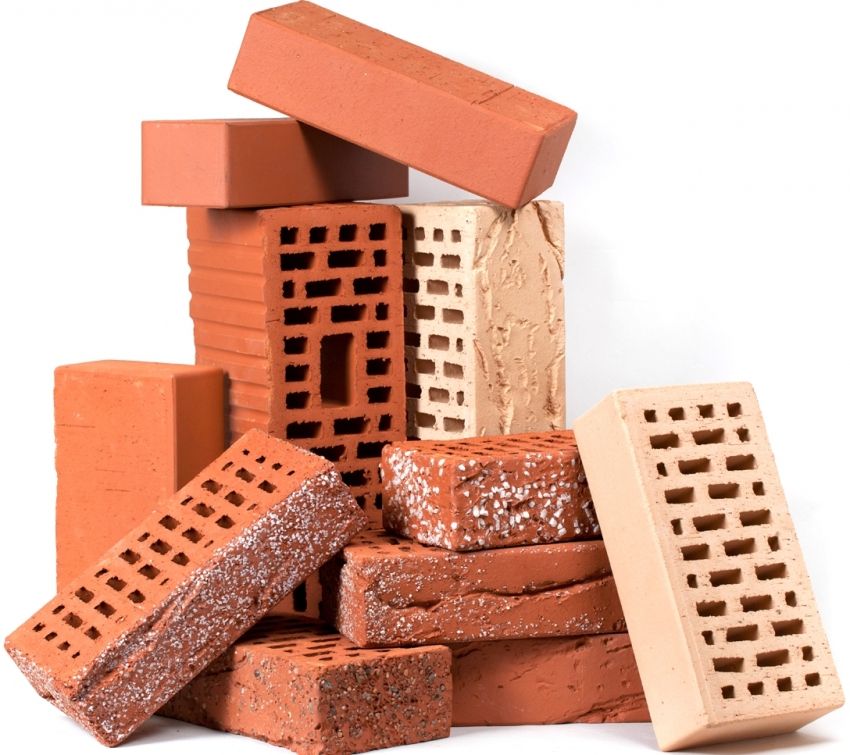
Therefore, finishing of the facade with clinker is carried out using hollow brick, which does not create an extra load on the walls and the foundation of the building. In addition, due to the immobilized air gap, high thermal insulation of the surface is created.
The front side of the clinker brick can be:
- glossy;
- matte;
- corrugated;
- glazed.
The clinker brick can be produced in various forms and under the order for a specific project, which allows to embody the most courageous design idea. Products may have rounded, semicircular cuts and internal rounding.

Today, the industry produces several types of clinker. Bricks of each type have a specific purpose.

When the question arises, what kind of finishing material is better to use for cladding the facade of a building, many experts prefer natural, environmentally friendly, durable, wear-resistant, durable and aesthetic clinker bricks. Despite the high cost of the product, it is possible for many years to forget about repairing and sealing cracks on the surface of the cladding, enjoying the original appearance of an aesthetic and presentable facade.
